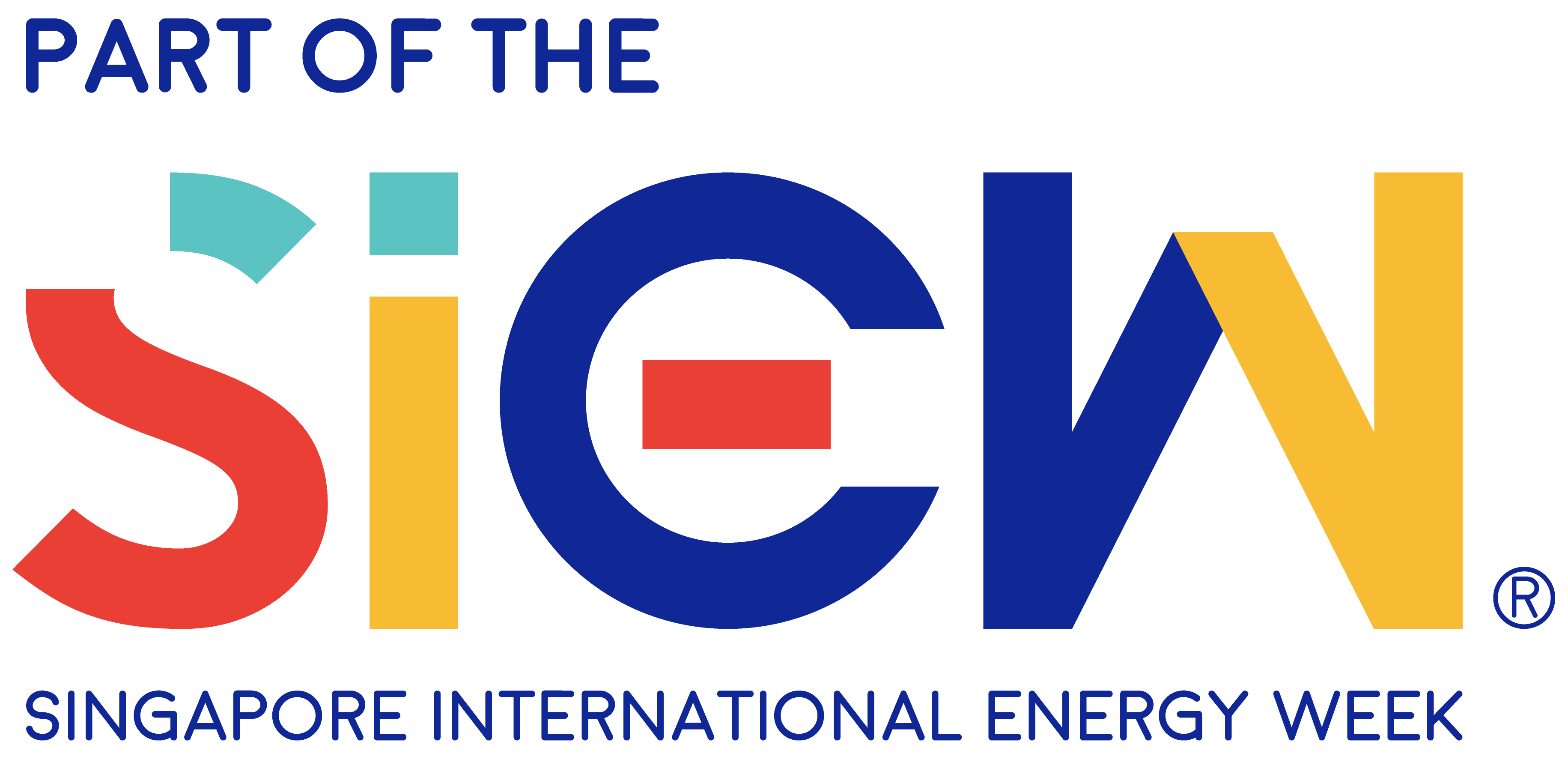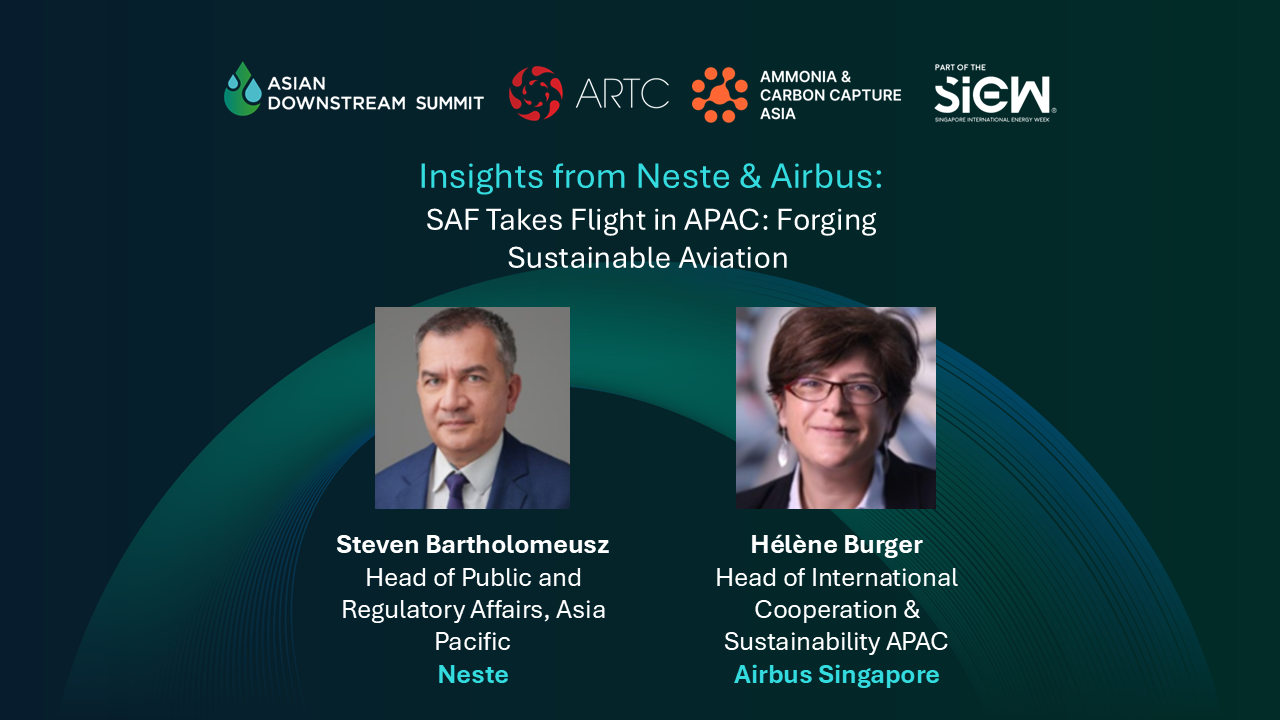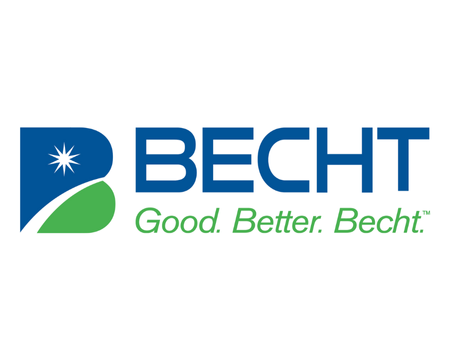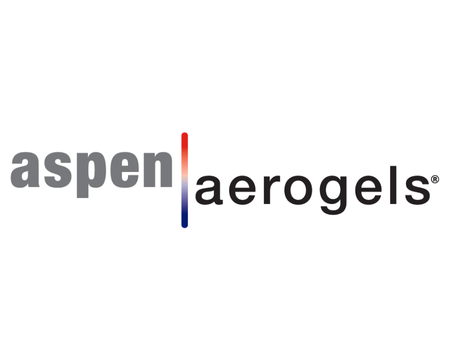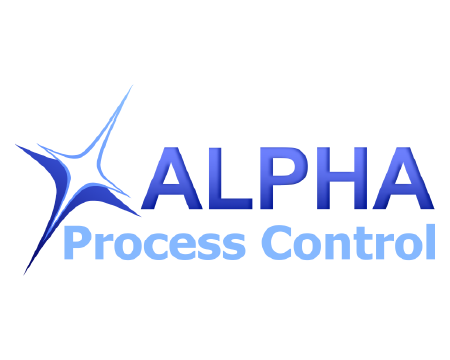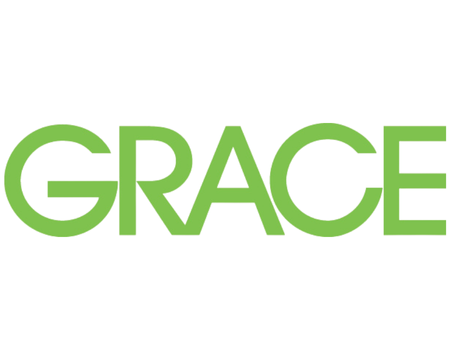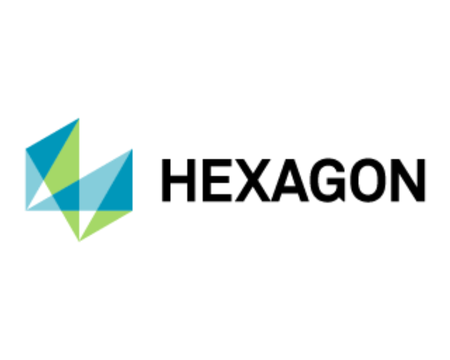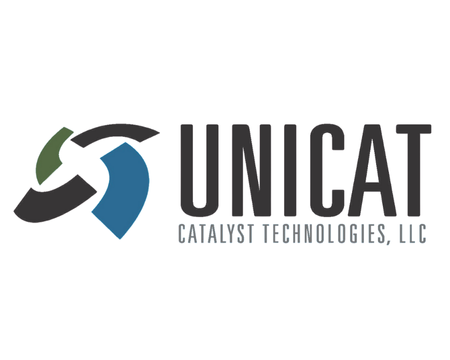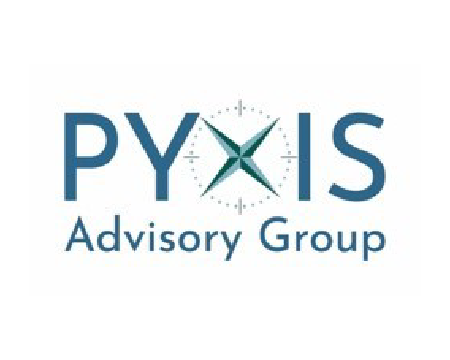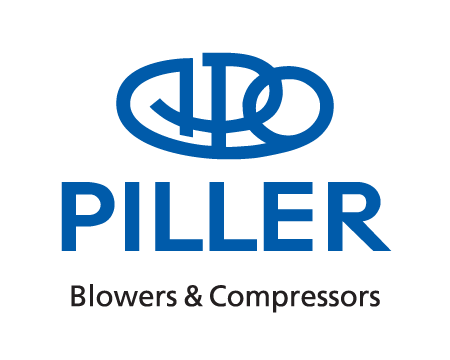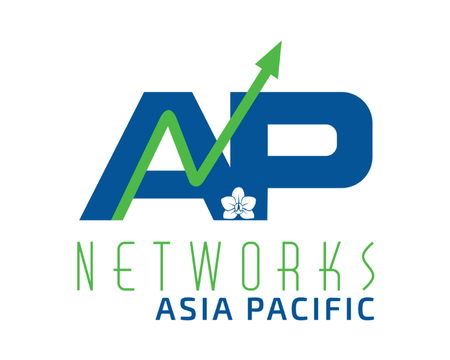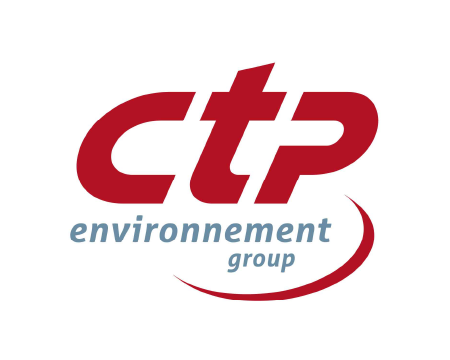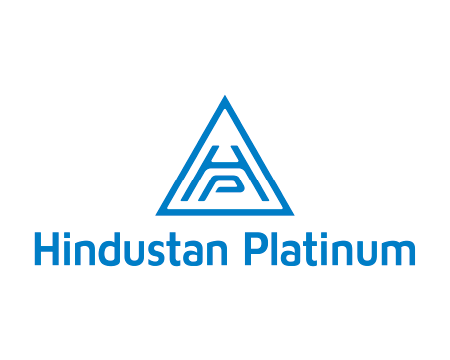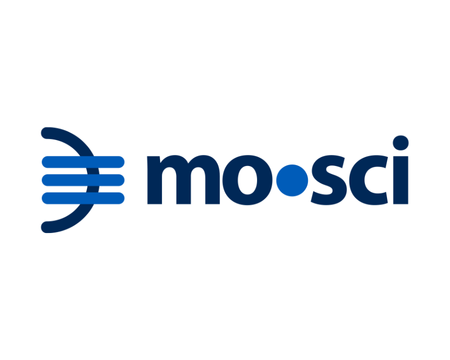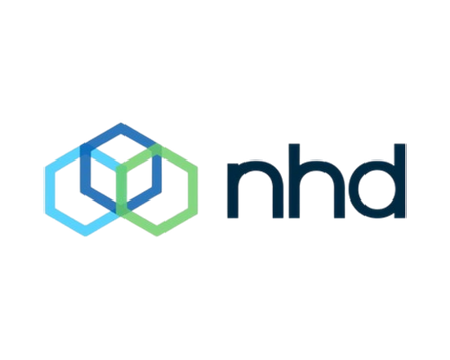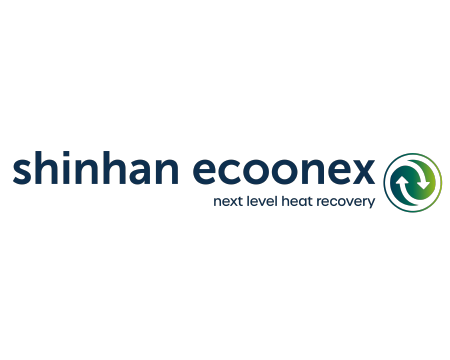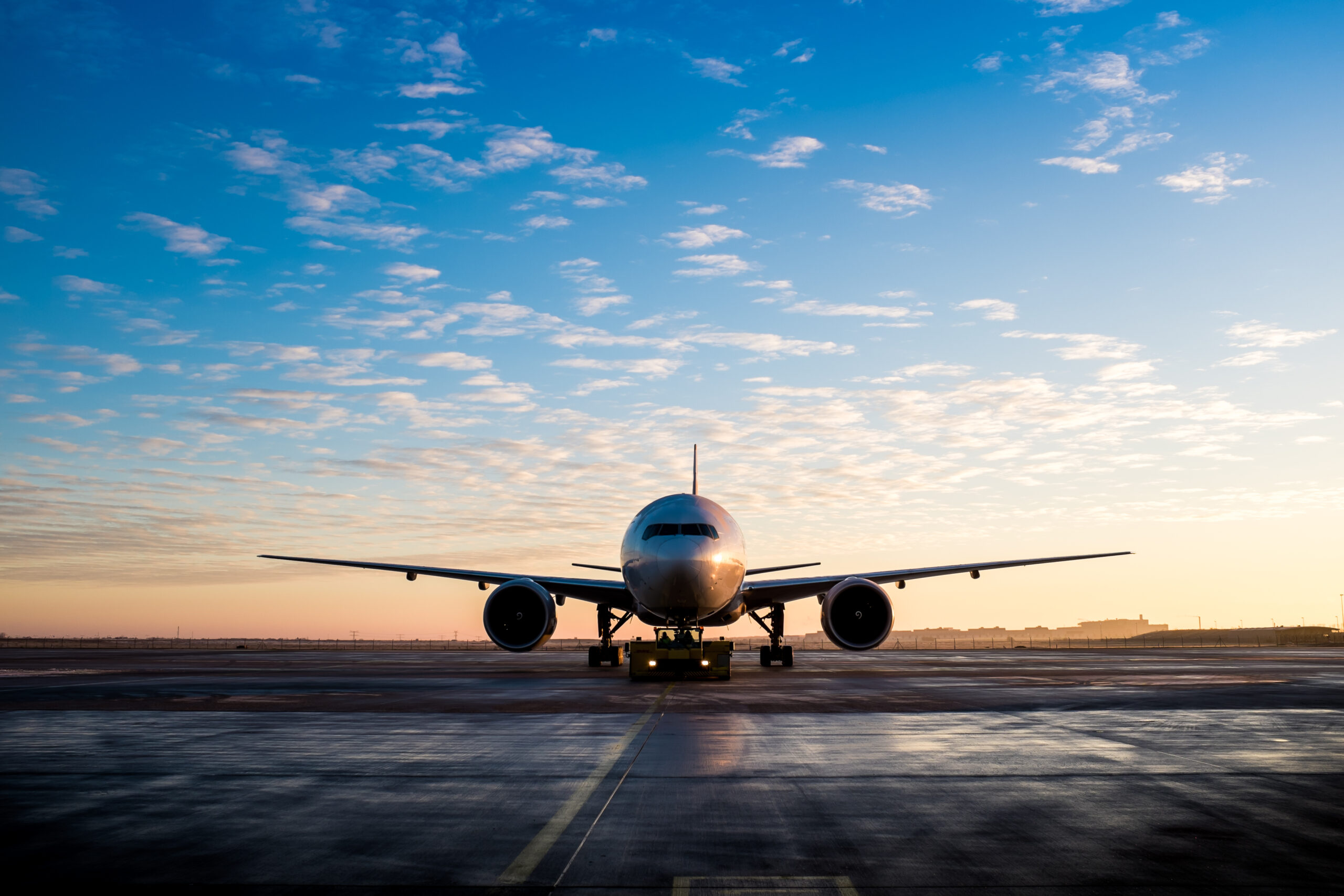
he global aviation industry is at a pivotal moment, facing immense pressure to decarbonise and achieve net-zero emissions by 2050. A critical solution in this ambitious endeavour is Sustainable Aviation Fuel (SAF). While Europe and North America have been leading the charge with supportive policy frameworks, the Asia Pacific region is increasingly recognising SAF’s vital role and beginning to implement its own strategies.
Global Momentum and APAC’s Emerging Policy Landscape
Global policy frameworks are now translating this recognition into clear mandates and incentives that drive demand and attract investment.
| Mandate Target (2025) | Mandate Target (Future) | |
| European Union (ReFuelEU Aviation Regulation) | 2% | 70% by 2050 |
| United Kingdom | 2% | 10% by 2030 |
| USA | Low Carbon Fuel Standard (LCFS) in California and federal Renewable Fuel Standard (RFS) demonstrate effective approaches | |
With nearly 40% global aviation located in APAC, the region is uniquely positioned to benefit from the use of SAF in aviation decarbonisation. More importantly, this region holds the potential to contribute approximately 40% of future global SAF production by 2050, presenting a significant economic opportunity for new producers.
| SAF Target/ Mandate | Year | |
| Singapore | 1% target with levy | By 2026 |
| 3-5% target with levy | By 2030 | |
| Japan | 10% target for international flights departing from Japanese airports | By 2030 |
| India | 1% mandate | By 2027 |
| 2% mandate | By 2028 | |
| 5% mandate | By 2030 | |
| Indonesia | 1% mandate | In 2027 |
| 2.5% mandate | In 2030 | |
| South Korea | 1% mandate | By 2027 |
These policy developments are already spurring concrete action. Japan’s 10% SAF target already spurred plans for SAF production facilities by three companies, and Korea’s SAF Expansion Strategy led to four refiners announcing joint plans for SAF plants. Additionally, many APAC countries are now providing funding through production incentives or research grants, such as Japan’s production tax credit of ¥30 per litre of SAF produced and sold, and Australia’s A$250 million under the Future Made in Australia Innovation Fund.
In addition to the above targets, Japan’s Green Transformation (GX) strategy is targeted to raise significant investment for domestic SAF manufacturing.
While encouraging, more ambitious and clearer future plans are needed if the aviation sector is to meet its net-zero goal by 2050.
“Supporting policies are crucial,” Steven Bartholomeusz, Head of Public and Regulatory Affairs, Asia Pacific, Neste explains, “As they create the demand certainty needed to attract investment in new production, reduce aviation’s climate impact, and ensure a level playing field for airlines in a highly competitive environment.” He stresses that governments must provide clear direction and emphasize the urgency of this transition to further support the private sector.
Navigating Challenges in Unlocking APAC’s Untapped Potential
Despite its immense potential, the region currently lacks widespread mandated demand or incentives for SAF uptake, making any current use purely voluntary. Consequently, SAF availability is limited, and its cost remains high, posing significant hurdles for airlines operating in a highly competitive market with a fragmented regulatory landscape.
Hélène Burger, Head of International Cooperation & Sustainability APAC, Airbus Singapore emphasises the critical need for governments in the region to establish clear policies and ambitions, both on the supply and the demand side. This clarity will provide the necessary visibility for both potential SAF investors and airlines, fostering the development of SAF production and enabling economies of scale. This is particularly crucial given that unlike the more unified regulatory blocs of Europe or the USA, APAC’s fragmented landscape necessitates a progressive harmonisation of regulations to ensure a fair competitive environment for all stakeholders across the SAF supply chain.
Industry Leadership: From Production to Aircraft Compatibility
Driving SAF adoption requires a unified approach across the entire industry.
Neste, driven by its purpose to create a healthier planet, has been a frontrunner in investing in renewable fuels since the 2000s, becoming the world’s leading producer of SAF. Recognising APAC’s strategic importance and growing demand for greener fuels, Neste invested €1.6 billion in expanding its Singapore refinery in 2023, making it the world’s largest renewable diesel and SAF refinery by capacity. Furthermore, it became a shareholder in the Changi Airport Fuel Hydrant Installation company (CAFHI) and established an integrated SAF supply chain into Singapore Changi Airport in May 2023, enabling SAF availability to airlines operating in the region.
For Airbus, SAF is a crucial enabler for achieving the industry’s 2050 net-zero goal. Currently, all Airbus aircraft can operate with up to a 50% SAF blend, and Airbus is working towards 100% SAF capability by 2030. Beyond technical validation, Airbus also has launched several initiatives to support the development of a SAF ecosystem, such as SAFFA (SAF Financing Alliance), Airbus Book & Claim Demonstrator (ABCD), active engagement with industry players on supply chain challenges, and feedstock certification efforts for CORSIA to promote collaborative SAF expansion.
Conclusion: Unlocking APAC’s Full Potential
As the APAC region increasingly embraces SAF as a crucial tool for aviation decarbonisation, the development and implementation of robust and ambitious government policies is paramount in unlocking its full potential. The combined efforts of leading producers, and manufacturers are essential to ensure supply stability and technological compatibility. By attracting the necessary investments and harmonising regulations, APAC stands poised to achieve a sustainable future for air travel, transforming a critical challenge into a significant economic and environmental opportunity.
Find out more about driving SAF adoption at Asian Downstream Summit, happening 29 – 30 October 2025, Singapore. For more information, visit www.asiandownstreamsummit.com.
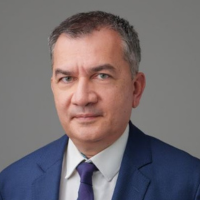
Steven Bartholomeusz
Head of Public and Regulatory Affairs, Asia Pacific, Neste
Steven Bartholomeusz is the Head of Public and Regulatory Affairs, Asia Pacific at Neste. He is also the acting Head of Neste’s Global Feedstock Regulatory Affairs team.
Steven partners with stakeholders across the region to develop policies related to transport and the circular economy, covering Neste’s Renewable products businesses. He has been actively involved in advocacy and the development of policies related to sustainable aviation fuel and biofuels for the transport sector in the APAC region.
Steven is an experienced public affairs professional with over 25 years of international, regional and local experience in oil and gas, hydropower and public utilities and the food and beverage industry

Hélène Burger
Head of International Cooperation & Sustainability APAC, Airbus Singapore
Helene Burger is Head of International Cooperation & Sustainability for Airbus in Asia-Pacific.
In this role, she supports the deployment of Airbus sustainability roadmap in APAC, actively engaging all stakeholders in the region towards our common Net-Zero carbon aviation industry target.
Ms. Burger started her career in France and joined Airbus in Tokyo in 2011 after 12 years working as a strategy consultant, specializing in the aerospace field, both in France and Japan. She participated and led projects on strategic footprint, supplier and program management or M&A. In Tokyo she led the Human Resources activities for the North Asia region of Airbus.



